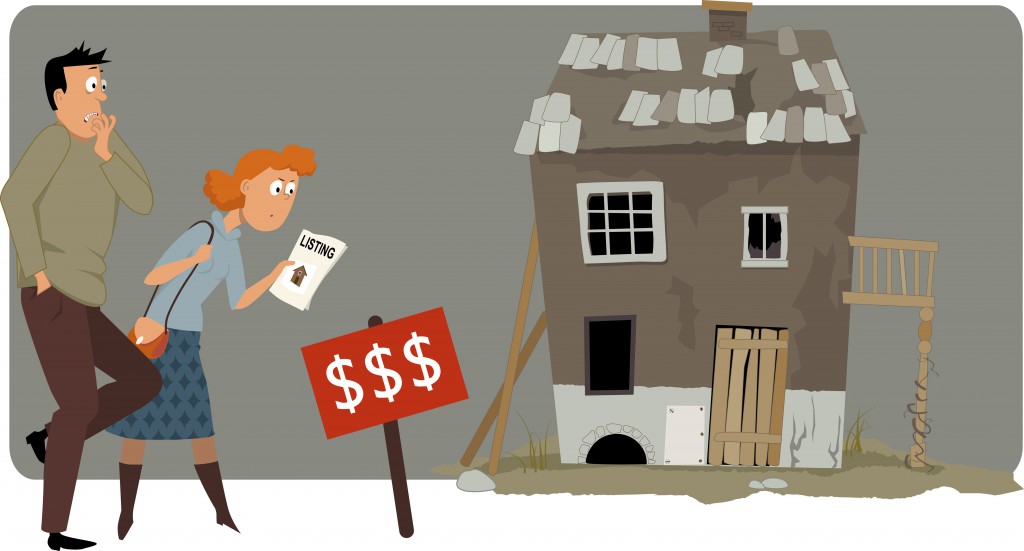Share This
Related Posts
Tags
Affordability Crisis
By Cutright Elizabeth on Dec 29, 2016 in News
While the ghosts of the last decade’s housing crisis have (mostly ) been put to rest, for many families priced out of their local markets the need for affordable housing remains strong.
) been put to rest, for many families priced out of their local markets the need for affordable housing remains strong.
Like the PC’s infamous “blue screen of death,” the Urban Institute’s map of affordable housing inventory is terrifying to behold. A handful of dark blue swatches in Midwest represent healthy levels of affordable housing inventory. The rest of the country, on the other hand, sits awash in the lightest indigo hues. From barely perceptible azure to the palest cerulean, a majority of states contain less than 50 units per 100 extremely low-income households. More than a third sit at, or close, to zero.
As demand for budget-friendly rentals continues to rise, many communities struggle to provide adequate supply. In response to this affordable housing crisis, the White House recently released the Housing Development Toolkit. Part call to action, part policy overhaul, the toolkit’s main purpose it to help cities increase their affordable housing inventory.
“The growing severity of unsupplied housing markets is jeopardizing housing affordability for working families,” write the toolkit’s authors, “increasing income inequality by reducing less-skilled workers’ access to high-wage labor markets, and stifling GDP growth by driving labor migration away from the most productive regions,”
Accumulated Barriers
While New York City’s real estate market is the stuff of legend, until recently most cities were able to supply adequate housing to residents. Unfortunately, several factors have conspired over the last few years to shrink stock and ramp up costs. These “accumulated barriers” are identified by the toolkit as lack of adequate construction, high job growth in areas with low vacancy rates, gentrification, and cost-per-unit increases paired with insufficient public assistance.
“The accumulation of these barriers has reduced the ability of many housing markets to respond to growing demand,” the report explains.
“Barriers to housing development are exacerbating the housing affordability crisis, particularly in regions with high job growth and few rental vacancies.”
Regulation Revolution
In order to reverse the trend of vanishing vacancies and rising costs, the toolkit lays out ten actions regions can take to alleviate some of the tension. Beginning with establishing “by-right development,” the toolkit covers taxation, zooming, and transportation. Taking a cue from areas of the country who’ve managed to expand their affordable housing options, the toolkit aims to inspire communities throughout the country ditch old habits for more modern housing strategies
“We need to break down the rules that stand in the way of building new housing – because we want new development to replace vacant lots and rundown zombie properties, we want our children to be able to afford their first home, we want hardworking families to be able to take the next job on their ladder of opportunity, and we want our community to be a part of the solution in reducing income inequality and growing the economy nationwide.”
While acknowledging the validity of some building restrictions, the overall tone of the toolkit leans towards mostly unfettered development. This means reexamining zoning laws to streamline permitting processes and gutting policies responsible for stifling new housing construction. Other options include taxing vacant lots and incentivizing capital investments. Ultimately, the toolkit’s authors believe removing unnecessary and outdated obstacles will result a burst of new affordable housing projects nationwide.
“Updating local land use policies could lead to more new housing construction, better leveraging of limited financial resources, and increased connectivity between housing to transportation, jobs and amenities,” the report concludes.
A Starting Point
Renters stalking the housing section of online classifieds like Craigslist will tell you, these days the pickings are slim. For apartment dwellers unlucky enough to live in New York and San Francisco, finding an affordable place to live seems nearly impossible. In some parts of the country, closets are going for $1400 a month…and most economic indicators forecast more of the same.
In this bleak rental landscape, the White House hopes the toolkit will trigger a larger dialogue about housing and its impact on the nation’s economy.
“A stable, functioning housing market is vital to our nation’s economic strength and resilience,” conclude the authors.
“The availability of quality, affordable housing is foundational for every family – it determines which jobs they can access, which schools their children attend, and how much time they can spend together at the end of the day’s commute.”
“By modernizing their approaches to housing development and regulation, states and localities can restrain unchecked housing cost growth, protect homeowners, and strengthen their economies.”
